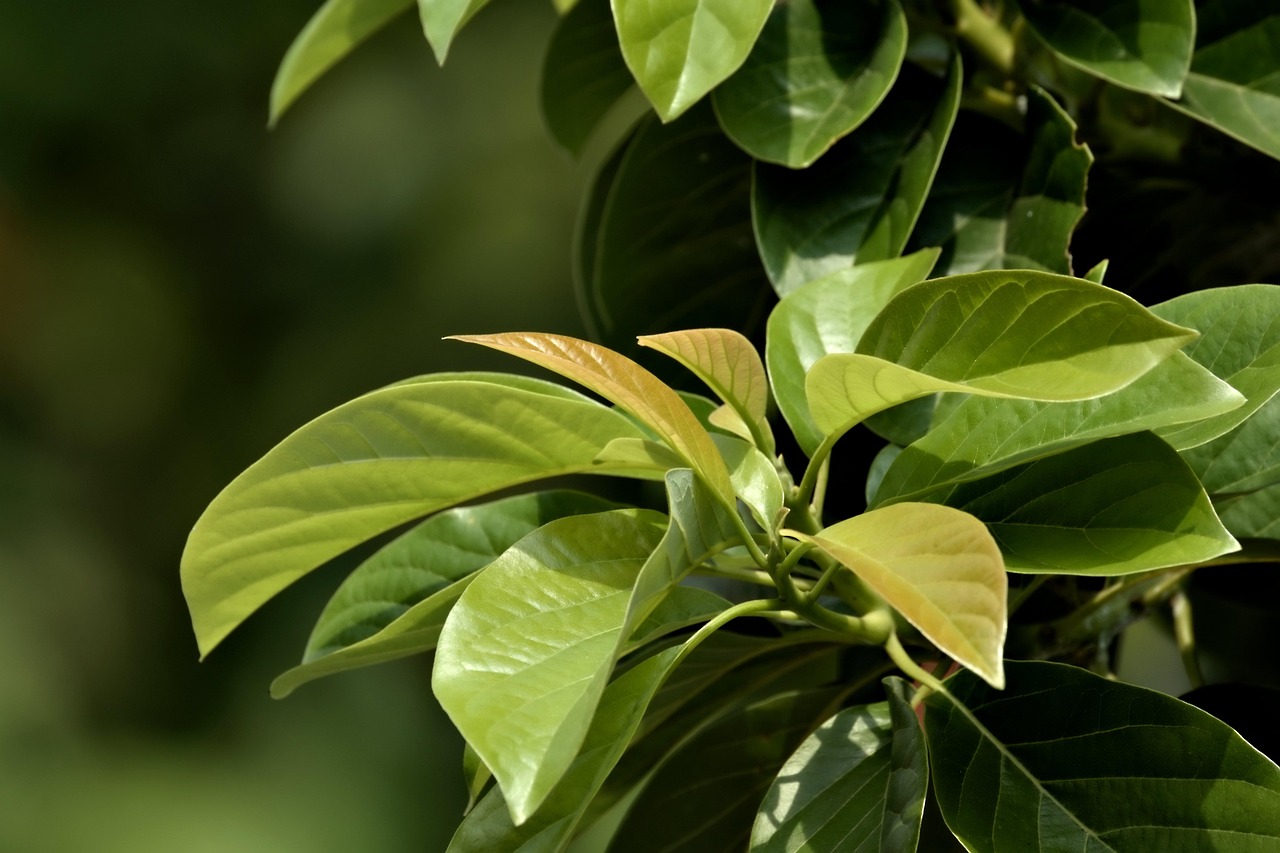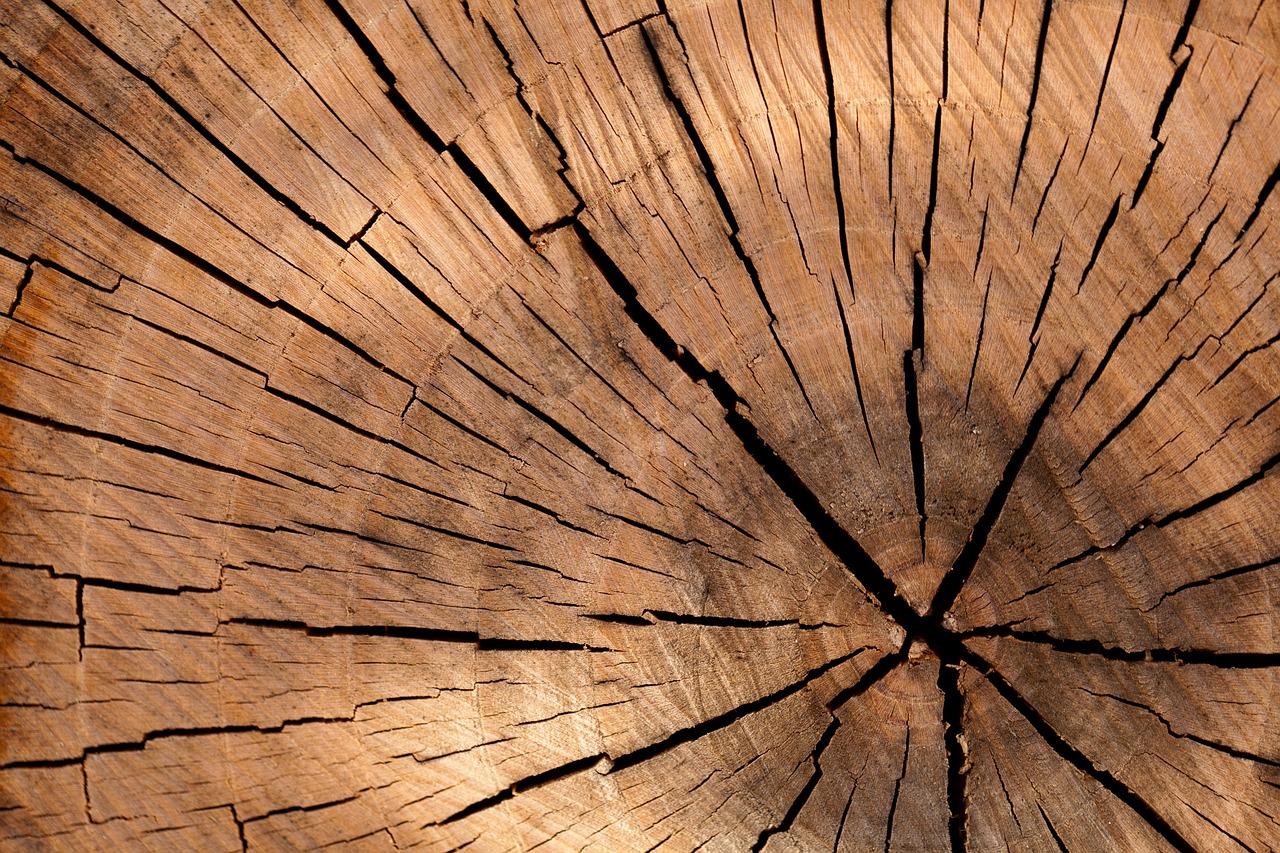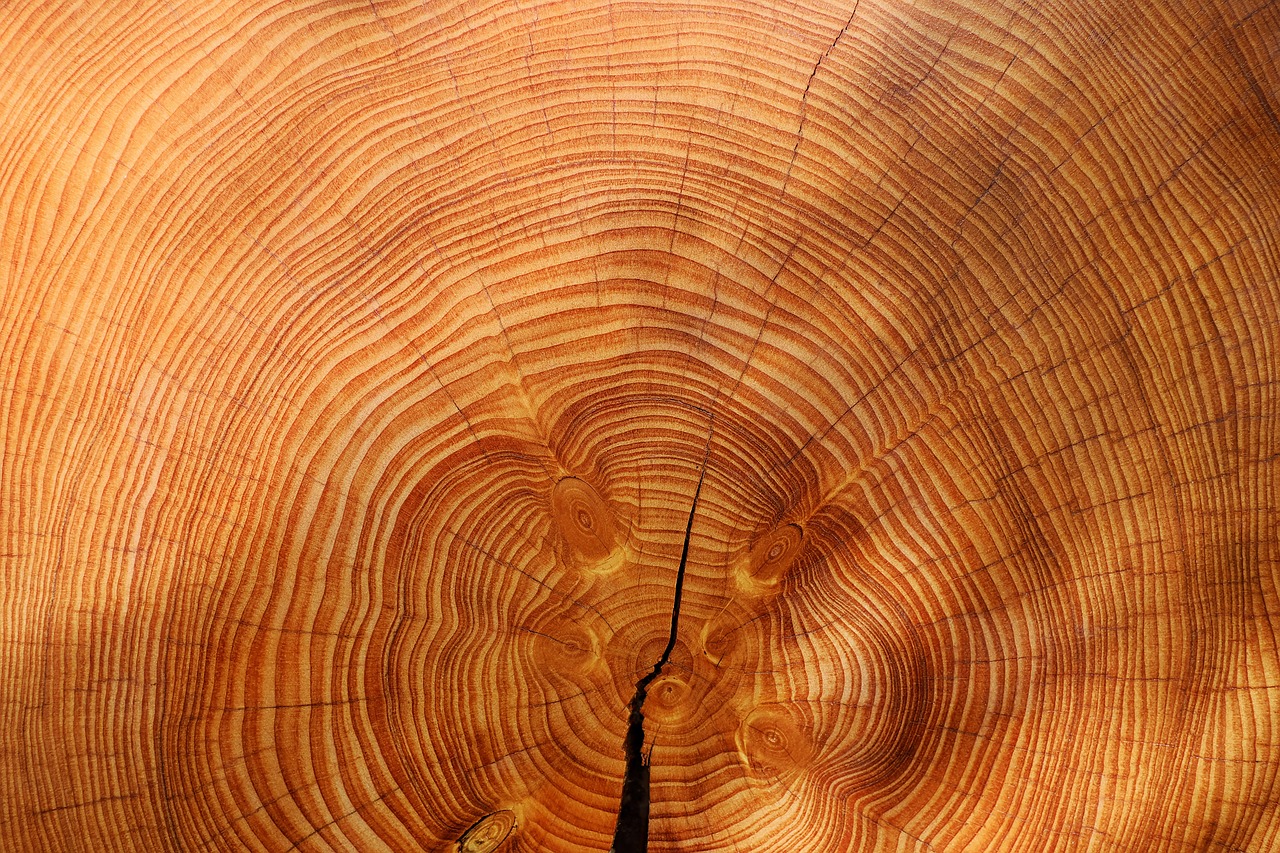The growth rates of trees can be classified into three distinct stages: juvenile, mature, and senescent. Each stage has unique characteristics and growth dynamics that influence a tree’s overall health and ecological impact.
Introduction to Tree Growth Rates
Trees, like all living organisms, undergo various stages of growth throughout their lifespan. Understanding these growth rates is essential for forestry management, conservation efforts, and even gardening practices. Each stage reflects the tree’s ability to adapt to its environment, compete for resources, and ultimately thrive.

The three main stages of tree growth are juvenile, mature, and senescent. These stages correspond to different periods in a tree’s life cycle, each with distinct growth rates and physiological changes. This article will explore each stage in detail, highlighting their characteristics, factors influencing growth, and importance in the ecosystem.
The Three Stages Explained
Juvenile Stage
The juvenile stage refers to the early years of a tree’s life. During this phase, trees focus on establishing their root systems and developing a robust structure above ground. This stage is crucial for long-term survival and can last several years to decades, depending on the species.
In the juvenile stage, trees exhibit rapid growth rates. They invest energy in height and canopy expansion, allowing them to compete for sunlight. Factors that influence growth during this stage include:

- Soil quality
- Water availability
- Light exposure
- Nutrient levels
Research shows that trees can grow several feet per year during this period. This growth is vital as it helps trees reach a size where they can better access sunlight and other resources.
Mature Stage
Once trees reach their full height and canopy size, they enter the mature stage. This phase typically begins when a tree is around 10 to 20 years old, depending on the species. Trees in this stage shift their focus from rapid vertical growth to increasing trunk diameter and canopy density.
Mature trees generally have slower growth rates compared to their juvenile counterparts. However, they can still grow significantly, particularly in favorable conditions. Key characteristics of mature trees include:

- Stabilized height with increased trunk girth
- Enhanced photosynthetic capacity due to larger leaves
- Improved reproductive capabilities
| Characteristic | Juvenile Stage | Mature Stage |
|---|---|---|
| Growth Rate | Rapid | Slower but steady |
| Focus | Height and canopy expansion | Trunk girth and reproductive maturity |
| Resource Competition | High | Moderate |
Senescent Stage
The senescent stage marks the final phase of a tree’s life cycle. During this period, growth rates decline significantly. Trees become less efficient at photosynthesis and may begin to show signs of aging such as reduced leaf size and increased susceptibility to disease.
This stage can last for many years. Some trees may continue to produce seeds and contribute to the ecosystem even as they age. However, the overall vitality of a senescent tree is often diminished. Factors that can affect this stage include:
- Pest infestations
- Disease prevalence
- Environmental stressors like drought or extreme temperatures
Understanding these three stages of tree growth is essential for anyone involved in forestry, landscaping, or environmental conservation. By recognizing the characteristics and needs of trees at different growth stages, we can better support their health and longevity.
Factors Influencing Tree Growth Rates
Tree growth rates are affected by a variety of environmental, biological, and climatic factors. Understanding these influences is crucial for managing tree health and maximizing growth potential. Below are some key factors that play a significant role in the growth rates of trees at different stages.

1. Soil Quality
The soil in which a tree is planted has a direct impact on its growth. Healthy soil contains essential nutrients that trees need for development. Key aspects of soil quality include:
- Nutrient Content: Essential nutrients such as nitrogen, phosphorus, and potassium are critical for tree health.
- Soil pH: The acidity or alkalinity of the soil can influence nutrient availability.
- Soil Texture: Sandy, clay, or loamy soils affect water retention and drainage capabilities.
Regular soil testing can help determine its health and inform necessary amendments to support optimal growth.
2. Water Availability
Water is vital for all living organisms, and trees are no exception. Adequate water supply influences growth rates significantly. Key points to consider include:
- Water Stress: Insufficient water can lead to stunted growth and increased vulnerability to pests and diseases.
- Drainage: Poorly drained soils can cause root rot, while well-drained soils support healthy root systems.
- Irrigation: In regions with low rainfall, supplemental irrigation may be necessary to ensure adequate growth.
3. Light Exposure
Light is essential for photosynthesis, the process through which trees convert sunlight into energy. The amount and quality of light a tree receives can greatly impact its growth rate. Considerations include:
- Sunlight Duration: Trees that receive full sun generally grow faster than those in shaded conditions.
- Light Quality: Different wavelengths of light can influence photosynthesis efficiency.
- Competition for Light: Trees competing with other vegetation for light may experience slower growth rates.
4. Temperature
Temperature affects metabolic processes within trees, influencing their growth rates throughout the seasons. Important temperature-related factors include:
- Optimal Growth Temperature: Each species of tree has a temperature range conducive to maximum growth.
- Frost Events: Late frosts can damage new buds and reduce overall growth during the spring.
- Heat Stress: High temperatures can cause water stress and lead to reduced photosynthetic activity.
The Importance of Growth Rate Understanding
Recognizing the growth rates of trees at various stages is not only important for ecological balance but also for practical applications in agriculture, forestry, and landscaping. Understanding these rates aids in various areas, including:
1. Forestry Management
Forestry practices benefit significantly from an understanding of tree growth rates. Sustainable harvesting practices can be developed based on the growth cycles of different species. This ensures that forests remain healthy and productive over time.
2. Urban Landscaping
In urban settings, selecting the right tree species for specific locations is crucial. Understanding growth rates helps landscape architects choose trees that will thrive without causing infrastructure issues or requiring excessive maintenance.
3. Ecological Restoration
In restoration projects, knowing the growth rates of native species allows for better planning of planting schedules and resource allocation. This knowledge can enhance the success of reforestation efforts.
Measuring Tree Growth Rates
Measuring tree growth rates is an essential practice in forestry and ecological research. Several methods are used to accurately assess how fast trees are growing:
1. Diameter at Breast Height (DBH)
One common method involves measuring the diameter of a tree trunk at breast height (approximately 4.5 feet above ground). This measurement provides insight into the tree’s growth rate over time.
2. Height Measurements
Monitoring changes in height provides another indicator of growth rate. Various tools like hypsometers or clinometers can be used to measure tree height accurately.
3. Increment Borers
This specialized tool removes a small core from the trunk, allowing researchers to analyze annual growth rings. This method provides a historical record of growth rates, revealing patterns over multiple years.
By employing these methods, researchers and land managers can gain valuable insights into tree health and productivity, aiding in effective decision-making for forest management and conservation efforts.
Impact of Environmental Changes on Tree Growth Rates
Environmental changes can significantly affect the growth rates of trees. Factors such as climate change, pollution, and urbanization pose challenges that can alter the natural growth patterns of trees. Understanding these impacts is crucial for effective management and conservation efforts.
1. Climate Change
Climate change influences tree growth through alterations in temperature and precipitation patterns. Some key effects include:
- Increased Temperatures: Higher temperatures can accelerate growth in some tree species but may also lead to water stress.
- Changes in Precipitation: More frequent droughts or intense rainfall can affect soil moisture, impacting nutrient availability.
- Extended Growing Seasons: Warmer winters may result in longer growing seasons, potentially benefiting some species.
However, not all species respond positively. Some may struggle to adapt, leading to shifts in forest composition and health.
2. Pollution
Air and soil pollution can adversely affect tree health and growth. The following factors illustrate the impact of pollution:
- Acid Rain: This can harm tree foliage, weaken their defenses against pests, and reduce growth rates.
- Heavy Metals: Contaminants in the soil can limit nutrient uptake, affecting overall tree vitality.
- Ozone Levels: Elevated ozone can damage leaves, leading to decreased photosynthesis and growth.
Trees growing in polluted areas may exhibit stunted growth and increased susceptibility to diseases.
3. Urbanization
The expansion of urban areas presents unique challenges for tree growth. Some consequences of urbanization include:
- Soil Compaction: Increased foot traffic and construction can lead to compacted soil, restricting root growth.
- Lack of Space: Limited planting areas can hinder proper root development and nutrient access.
- Heat Islands: Urban heat islands can raise local temperatures, affecting local microclimates around trees.
Understanding these challenges allows urban planners and landscapers to implement strategies that promote healthy tree growth in cities.
Tree Species Variation in Growth Rates
Diverse tree species exhibit varying growth rates based on their genetics, habitat preferences, and ecological roles. Understanding these differences is vital for effective conservation and management strategies.
1. Fast-Growing Species
Some tree species are known for their rapid growth rates. These trees are often preferred for reforestation and landscaping due to their quick establishment. Examples include:
- Lombardy Poplar (Populus nigra): Known for its tall, narrow shape and fast growth, ideal for windbreaks.
- Eucalyptus (Eucalyptus spp.): Many species grow quickly and are used for timber production.
- Red Maple (Acer rubrum): This adaptable tree grows rapidly in diverse conditions.
Fast-growing species can provide quick benefits such as shade, habitat, and carbon sequestration.
2. Slow-Growing Species
Some species take longer to reach maturity but may provide significant ecological benefits once established. Examples include:
- <strong:Oak (Quercus spp.): While slow to grow, oaks provide critical habitats for wildlife and have strong wood.
- Pine (Pinus spp.): Certain pine species grow slowly but are highly valued for their timber quality.
- <strong:Cherry (Prunus spp.): These trees may take longer to mature but produce beautiful blooms and fruits.
Understanding the growth characteristics of these species aids in selecting appropriate trees for specific purposes and environments.
The Role of Management Practices in Enhancing Growth Rates
Effective management practices can significantly enhance tree growth rates. By understanding the needs of trees at different stages, land managers can implement strategies that promote healthier forests.
1. Pruning and Thinning
Regular pruning helps maintain tree structure and health by removing dead or diseased branches. Thinning reduces competition among trees, allowing remaining specimens to access more light and nutrients. Key benefits include:
- Improved Airflow: Reduces disease risk by promoting better airflow through the canopy.
- Better Light Penetration: Ensures that lower branches receive adequate sunlight for photosynthesis.
- Enhanced Growth Rates: Healthy trees are more likely to grow rapidly when competition is minimized.
2. Fertilization
The application of fertilizers can address nutrient deficiencies in the soil, promoting healthier growth. Important considerations include:
- Nitrogen Content: Essential for leaf and branch development.
- Phosphorus Levels: Important for root development and overall plant vigor.
- Potasium Levels: Supports photosynthesis and stress tolerance.
Caution should be taken to avoid over-fertilization, which can harm trees and the surrounding environment.
3. Water Management
Irrigation practices during dry periods can significantly enhance tree growth rates. Strategies include:
- Drought Tolerance: Selecting drought-resistant species can reduce reliance on irrigation.
- Drip Irrigation: Efficient water delivery directly to roots minimizes waste and promotes healthy growth.
- Sustainable Practices: Implementing water conservation techniques supports long-term forest health.
By adopting these management practices, stakeholders can enhance tree growth rates while ensuring the sustainability of forest ecosystems.
Challenges and Opportunities in Tree Growth Management
While understanding the stages of tree growth rates and the factors affecting them is crucial, there are also challenges that land managers and environmentalists face. Recognizing these challenges can help in devising effective strategies to sustain healthy tree populations.
1. Climate Variability
Climate variability poses a significant challenge to tree growth. Extreme weather events, such as droughts, floods, and storms, can have devastating effects on trees. Here are some specific concerns:
- Drought Stress: Prolonged periods of low rainfall can lead to water shortages, hampering growth rates.
- Flooding: Excess water can suffocate roots, leading to decay and increased vulnerability to diseases.
- Severe Storms: High winds and heavy snowfall can cause physical damage to trees, affecting their growth potential.
Adaptation strategies, including planting more resilient species and employing water-saving techniques, can help mitigate these effects.
2. Invasive Species
The introduction of invasive species can disrupt local ecosystems and negatively impact native tree growth. Invasive species often:
- Outcompete Native Trees: They may monopolize resources such as light, water, and nutrients.
- Introduce Pests and Diseases: Invasive plants can act as vectors for harmful pests that target native trees.
- Alter Soil Chemistry: Some invasive species can change the nutrient profile of the soil, making it less hospitable for native flora.
Effective management practices, including monitoring and controlling invasive species, are essential for preserving tree growth rates and ecosystem health.
3. Community Engagement
Engaging local communities in tree management efforts can enhance conservation outcomes. Communities can play a vital role in:
- Education: Raising awareness about the importance of trees and sustainable practices.
- Participation: Involving community members in tree planting and maintenance initiatives.
- Advocacy: Supporting policies that promote forest conservation and sustainable forestry practices.
By fostering a sense of stewardship within communities, we can enhance the effectiveness of tree growth management strategies.
Final Thoughts
Understanding the three stages of tree growth rates—juvenile, mature, and senescent—provides essential insights into the life cycle of trees. Each stage plays a critical role in the overall health of forest ecosystems. Factors such as soil quality, water availability, light exposure, temperature, and pollution significantly influence tree growth rates throughout these stages.
The variations in growth rates among different species highlight the importance of selecting appropriate trees for specific environments. Fast-growing species can quickly provide benefits, while slower-growing ones often contribute valuable ecological services over time. Additionally, effective management practices like pruning, fertilization, and water management can enhance tree growth rates and support long-term forest health.
As we face challenges such as climate variability, invasive species, and urbanization, it becomes imperative to implement adaptive strategies that promote sustainable tree growth. Engaging communities in these efforts ensures a collective approach to conservation, fostering a lasting relationship between people and trees.
Ultimately, by understanding tree growth rates and their influencing factors, we can make informed decisions that support healthy forests for future generations. Through collaborative efforts and strategic management practices, we can ensure that our trees continue to thrive in an ever-changing environment.
